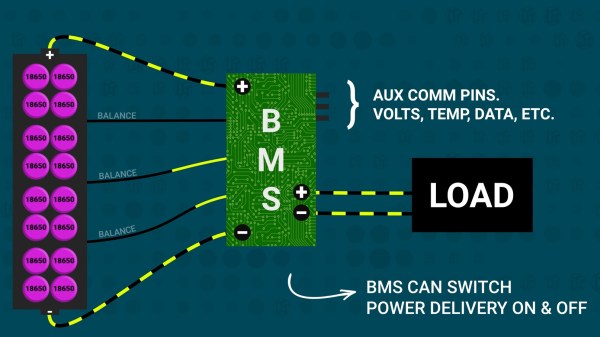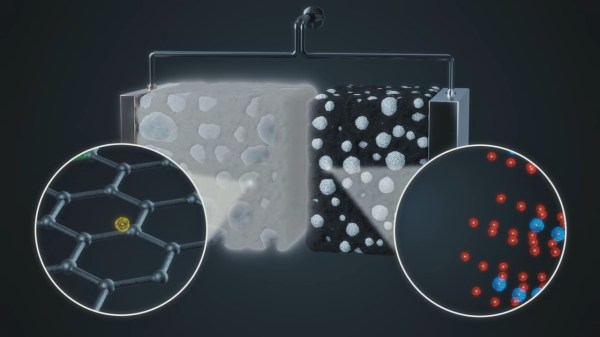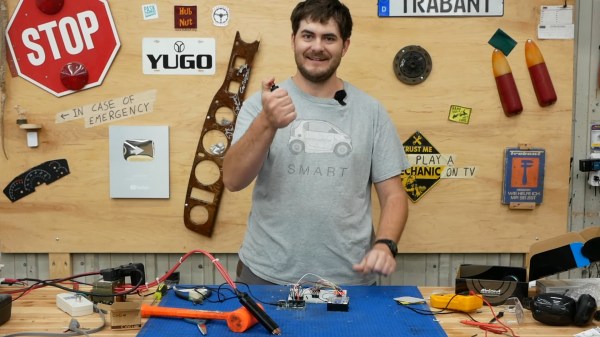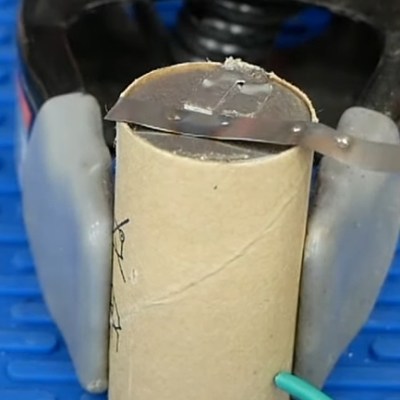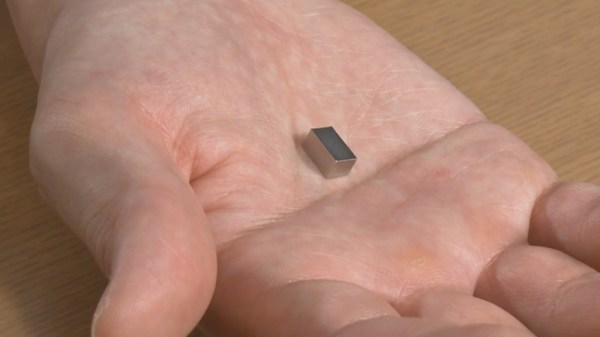Lithium-Sulphur batteries have been on the cusp of commercial availability for a little while now, but nothing much has hit the shelves as of yet. There are still issues with lifetime due to cell degradation, and news about developments seems to be drying up a little. Not to worry, because MIT have come along with a new battery technology using some of the most available and cheap materials found on this planet of ours. The Aluminium-Sulphur battery developed has very promising characteristics for use with static and automotive applications, specifically its scalability and its incredible charge/discharge performance.
The cell is based upon electrodes constructed from aluminium metal and sulphur, with a electrolyte of molten catenated chloro-aluminate salts. With an operating temperature of around 100 degrees Celsius, you’re not going to want this in a mobile phone anytime soon, but that’s not the goal. The goal is the smoothing out of renewable energy sources, and localised electricity grid balancing. A major use case would be the mass charging of battery electric vehicles. As the number of charge points increases at any given location, so does the peak current needed from the grid. Aluminium-Sulphur batteries are touted to offer the solution to ease this, with their high peak discharge current capability enabling a much higher peak power delivery at the point of use.
Continue reading “Aluminium-Sulphur Batteries For Local Grid Storage?”


